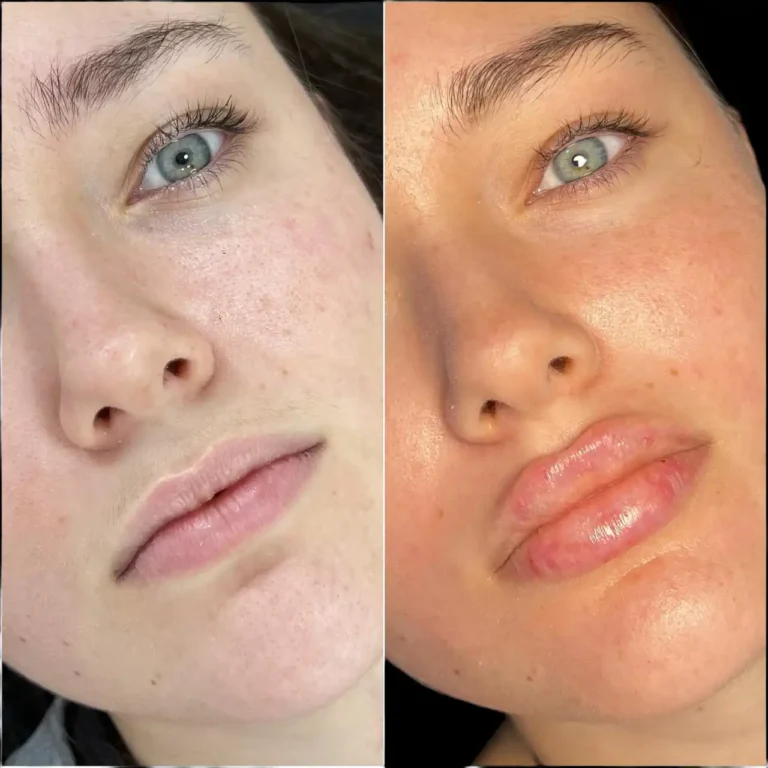In today’s world, where health consciousness and mindful living have become essential aspects of modern life, non alcoholic wines have risen to prominence as an elegant and responsible alternative to traditional wines. These sophisticated beverages offer all the sensory pleasures of wine—aroma, flavor, and texture—without the intoxicating effects of alcohol. As more individuals embrace balanced lifestyles, non alcoholic wines are redefining the culture of drinking, promoting wellness, and offering inclusivity to everyone, regardless of their preferences or restrictions.
The Evolution of Non Alcoholic Wines
The concept of non alcoholic wines might seem relatively new, but its roots stretch back further than most people realize. Historically, winemakers experimented with ways to reduce alcohol content for medical, religious, and cultural purposes. However, the modern era of non alcoholic wines began in the late 20th century, when advanced technology allowed for precise alcohol removal without compromising the wine’s complexity and depth.
The process begins like any other wine: grapes are harvested, fermented, and aged to develop their characteristic flavors. It’s only after this stage that the alcohol is gently removed through methods such as vacuum distillation or reverse osmosis. These techniques preserve the essence of the wine—its body, acidity, and aromatic profile—while eliminating or reducing the alcohol content to less than 0.5%. The result is a refined, flavorful drink that mirrors the traditional experience but caters to those seeking an alcohol-free option.
The Art and Science Behind Alcohol Removal
Creating non alcoholic wine is both a scientific challenge and an artistic pursuit. The goal is to maintain the integrity of the wine while extracting the alcohol, a task that requires precision and innovation.
Vacuum distillation, one of the earliest methods, involves heating the wine at a low temperature under reduced pressure. Because of the vacuum environment, the boiling point of alcohol drops, allowing winemakers to remove it without damaging the delicate flavor compounds. Another popular technique, reverse osmosis, filters out alcohol molecules through a fine membrane, separating them from the wine’s aromatic and flavor components. The remaining liquid is then recombined to create a balanced and aromatic beverage.
Both methods preserve the natural complexity of the wine while ensuring a minimal loss of flavor and texture. Modern producers have refined these processes to such an extent that today’s non alcoholic wines are nearly indistinguishable from their alcoholic counterparts in terms of aroma, taste, and mouthfeel.
A Growing Demand for Mindful Drinking
In recent years, the shift toward mindful drinking has fueled the rise of non alcoholic wines. More people are seeking alternatives that allow them to enjoy social experiences without compromising their health, focus, or responsibilities. This movement aligns with broader wellness trends emphasizing balance and moderation rather than abstinence or indulgence.
The growing popularity of non alcoholic wines is also linked to the increasing awareness of the negative effects of excessive alcohol consumption. From liver health and mental clarity to improved sleep and mood stability, the benefits of limiting alcohol are well-documented. Non alcoholic wines provide the perfect solution—enabling wine enthusiasts to savor the same sensory pleasures while staying aligned with their wellness goals.
This trend isn’t just limited to health-conscious individuals. Expectant mothers, designated drivers, athletes, and those with medical or religious restrictions have all found joy in having a sophisticated, inclusive alternative at social gatherings. The demand has expanded the market significantly, encouraging premium winemakers to enter the non alcoholic space and introduce high-quality, varietal-specific options.
Varieties and Flavor Profiles of Non Alcoholic Wines
One of the most exciting aspects of non alcoholic wines is their diversity. Just like traditional wines, they come in a wide array of styles—red, white, rosé, and sparkling—each with distinct notes and textures.
Non Alcoholic Red Wines tend to have rich, bold flavors with hints of dark berries, oak, and spices. They pair beautifully with hearty dishes like roasted meats or aged cheeses. The tannins, although slightly softer than in traditional red wines, still contribute to a satisfying mouthfeel.
Non Alcoholic White Wines, on the other hand, are crisp and refreshing. They often feature bright fruit flavors like apple, pear, and citrus, making them ideal for lighter meals such as salads, seafood, and poultry.
Rosé Non Alcoholic Wines capture the charm of summer with their delicate pink hue and balanced sweetness. They combine the best qualities of red and white wines, offering notes of strawberry, raspberry, and rose petals that complement a variety of cuisines.
Non Alcoholic Sparkling Wines bring a festive sparkle to any occasion. With fine bubbles, vibrant acidity, and aromas of tropical fruit or green apple, these beverages are perfect for celebrations and toasts. Their effervescence and elegance make them a delightful substitute for Champagne or Prosecco.
Pairing Non Alcoholic Wines with Food
One of the most enjoyable aspects of wine is pairing it with food, and non alcoholic wines offer equally exciting possibilities. The absence of alcohol doesn’t diminish their ability to enhance meals—it often enhances subtle flavors that might otherwise be masked by alcohol’s intensity.
For instance, a crisp non alcoholic Sauvignon Blanc complements grilled fish or fresh salads, while a full-bodied Cabernet Sauvignon pairs wonderfully with roasted vegetables or pasta dishes. Rosé wines, with their balance of fruitiness and acidity, go beautifully with Mediterranean dishes, while sparkling varieties bring an elegant touch to desserts, seafood, or even brunch dishes like eggs benedict.
The versatility of non alcoholic wines allows for creative experimentation, opening up new culinary experiences for both casual drinkers and connoisseurs.
Health Benefits and Lifestyle Advantages
Choosing non alcoholic wines offers numerous health and lifestyle benefits. While traditional wines contain antioxidants like polyphenols and resveratrol that support heart health, many non alcoholic varieties retain these compounds even after the alcohol is removed.
Regular consumption of non alcoholic wine in moderation may support cardiovascular health, improve blood circulation, and help regulate blood pressure. Additionally, because it contains fewer calories and no intoxicating effects, it’s suitable for people managing weight, driving, or needing to stay alert.
Another advantage is improved hydration. Alcohol acts as a diuretic, often causing dehydration, fatigue, or headaches. Non alcoholic wines avoid these side effects, allowing individuals to enjoy a refined beverage while feeling fresh and energized. This makes them an ideal choice for professional settings, social events, or evenings where one wishes to enjoy multiple glasses without worry.
The Social and Cultural Shift Toward Inclusivity
The rise of non alcoholic wines signifies more than a beverage trend—it represents a cultural shift toward inclusivity and acceptance. In the past, social gatherings often revolved around alcohol, leaving non-drinkers feeling excluded. Today, with a wide range of high-quality alcohol-free options available, everyone can participate equally in celebrations, toasts, and fine dining experiences.
This inclusivity extends to hospitality and event planning as well. Restaurants, bars, and hotels increasingly include premium non alcoholic wines on their menus to cater to diverse clientele. The focus has shifted from questioning why someone isn’t drinking to celebrating the many ways one can enjoy life without alcohol.
This change in social dynamics reflects evolving attitudes toward wellness and self-care, where abstaining from alcohol is not viewed as restrictive but as empowering.
Non Alcoholic Wines in the Future of Beverage Innovation
The future of non alcoholic wines is bright and promising. With constant innovation in winemaking technology and a growing market demand, producers are developing more refined flavors and complex profiles. The global non alcoholic beverage industry continues to expand rapidly, driven by consumers who value authenticity, craftsmanship, and mindful living.
Winemakers are also experimenting with organic grapes, sustainable farming practices, and low-sugar alternatives to meet evolving preferences. Many premium brands now emphasize not only taste but also ethical production, environmental responsibility, and transparency in ingredients. This evolution ensures that non alcoholic wines are not merely substitutes but standout beverages in their own right.
As awareness and appreciation continue to grow, non alcoholic wines will likely take their place as permanent fixtures in cellars, restaurants, and celebrations worldwide—offering elegance without excess and taste without compromise.
Conclusion
Non alcoholic wines symbolize a new era in beverage culture—one defined by sophistication, balance, and inclusivity. They bridge the gap between tradition and modern wellness, offering a refined experience for everyone, regardless of their drinking preferences.
Whether enjoyed during a romantic dinner, a festive celebration, or a quiet evening at home, these wines deliver the same sensory pleasure and cultural richness as traditional ones, minus the effects of alcohol. They represent not only an alternative but an evolution—an invitation to savor life fully, responsibly, and gracefully.



